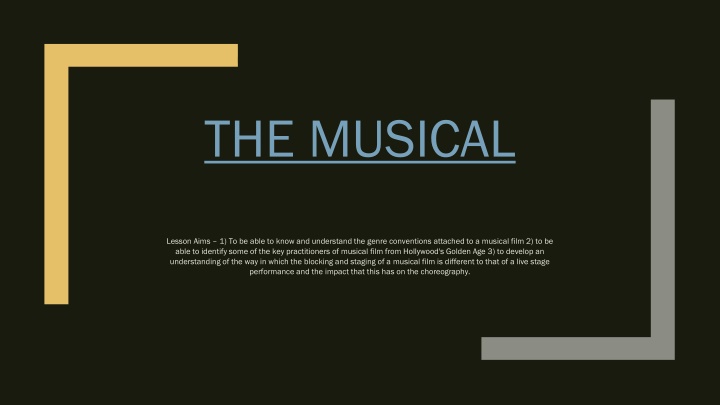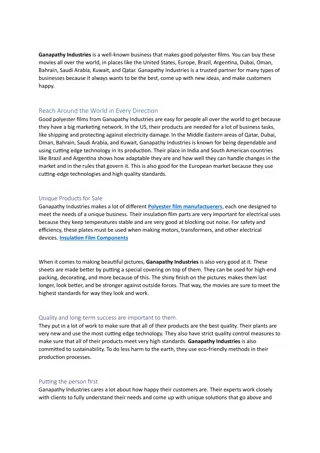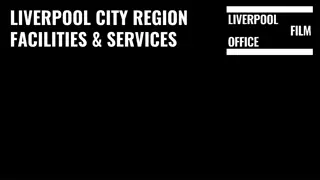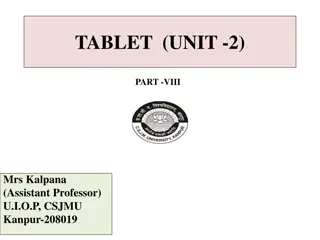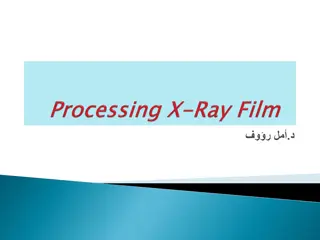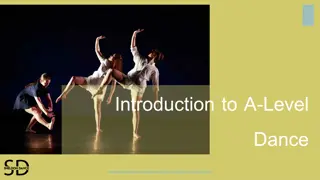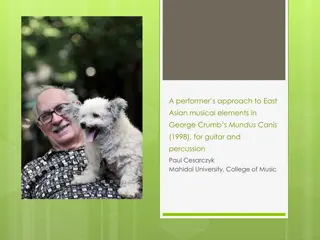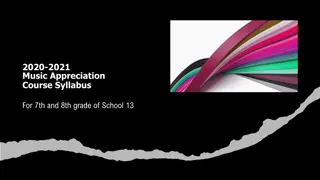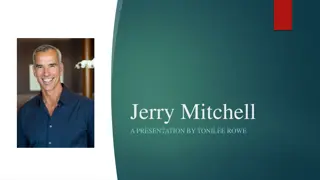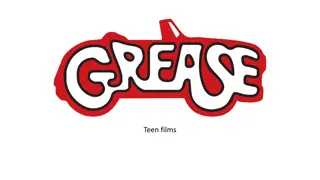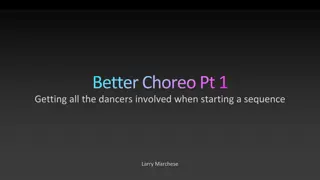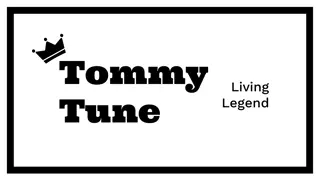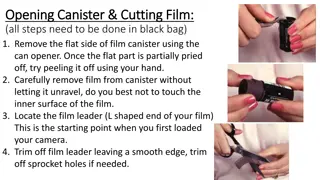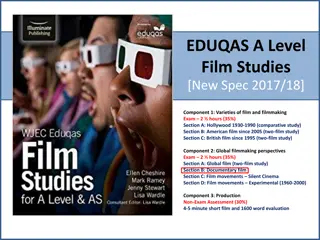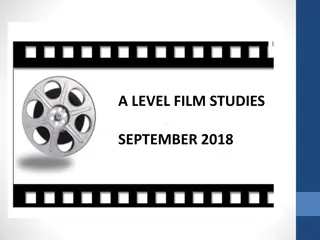Musical Film Conventions and Choreography
Musical film is a genre intertwining songs and dance into narratives, with key practitioners shaping choreography. Explore the blocking and staging differences between film and live performances. Discover the impact on choreography in Hollywood's Golden Age.
Download Presentation

Please find below an Image/Link to download the presentation.
The content on the website is provided AS IS for your information and personal use only. It may not be sold, licensed, or shared on other websites without obtaining consent from the author.If you encounter any issues during the download, it is possible that the publisher has removed the file from their server.
You are allowed to download the files provided on this website for personal or commercial use, subject to the condition that they are used lawfully. All files are the property of their respective owners.
The content on the website is provided AS IS for your information and personal use only. It may not be sold, licensed, or shared on other websites without obtaining consent from the author.
E N D
Presentation Transcript
THE MUSICAL Lesson Aims 1) To be able to know and understand the genre conventions attached to a musical film 2) to be able to identify some of the key practitioners of musical film from Hollywood's Golden Age 3) to develop an understanding of the way in which the blocking and staging of a musical film is different to that of a live stage performance and the impact that this has on the choreography.
Musical Film- generic conventions Musical film Musical film is a film genre in which songs by the characters are interwoven into the narrative, sometimes accompanied by dancing. The film studio MGM was particularly associated with the production of lavish Hollywood musicals e.g. The Wizard of Oz (1939) The songs usually advance the plot or develop the film's characters, but in some cases, they serve merely as breaks in the storyline, often as elaborate "production numbers. Usually colourful (after 1939), upbeat narrative/ tone (catchy numbers and happy endings) and brightly lit (high key) featuring high production values e.g. large company of performers, elaborate costumes, full orchestral arrangements. Often thought of in terms of escapist mass entertainment 30s Great Depression, 40s WW2 etc. The musical film was a natural development of the stage musical after the emergence of sound film technology. Typically, the biggest difference between film and stage musicals is the use of lavish background scenery and locations that would be impractical in a theatre. Musical films characteristically contain elements reminiscent of theatre; performers often treat their song and dance numbers as if a live audience were watching. In a sense, the viewer becomes the diegetic audience, as the performer looks directly into the camera and performs to it.
Key Practitioners Choreography in Musical Film Busby Berkeley Fred Astaire Agnes De Mille Jack Cole Gene Kelly Jerome Robbins Bob Fosse TASK Summarise the dance style favoured by each of the above choreographers and give examples of their work featured in at least two Film Musicals.
Blocking (placement of dancers) and Staging (placement of set/cameras) Dance numbers featured in film musicals are usually filmed on sound stages - large interior spaces where sets are constructed and which feature a theatrical lighting rig but with the addition of intricate and intrusive camera and sound equipment the choreographer and director have to bear this in mind when constructing movements for dancers e.g. the use of dolly and crane shots can heavily restrict movement. Sometimes the dance is filmed in a series of sections or takes and edited together into one number the director may make the performers repeat the dance or sections of the dance several times until they feel that they have the right take. There is no audience present and so performers have to rely on feedback from the director and or choreographer to get a sense of whether they are working effectively. The stop-start/no audience elements of producing a musical film can be very disorientating and off-putting for a performer who is not used to working in this way. There is more creative freedom for the director and choreographer in that : 1) things don t always need to be shown end on e.g. different angles and close-ups can be used to highlight action 2) different sequences can be edited together to enable the inclusion of special effects and costume changes 3) the best take can be used rather than having to get it right first time TASK Compare the blocking and staging techniques used in the stage show vs the screen musical.
